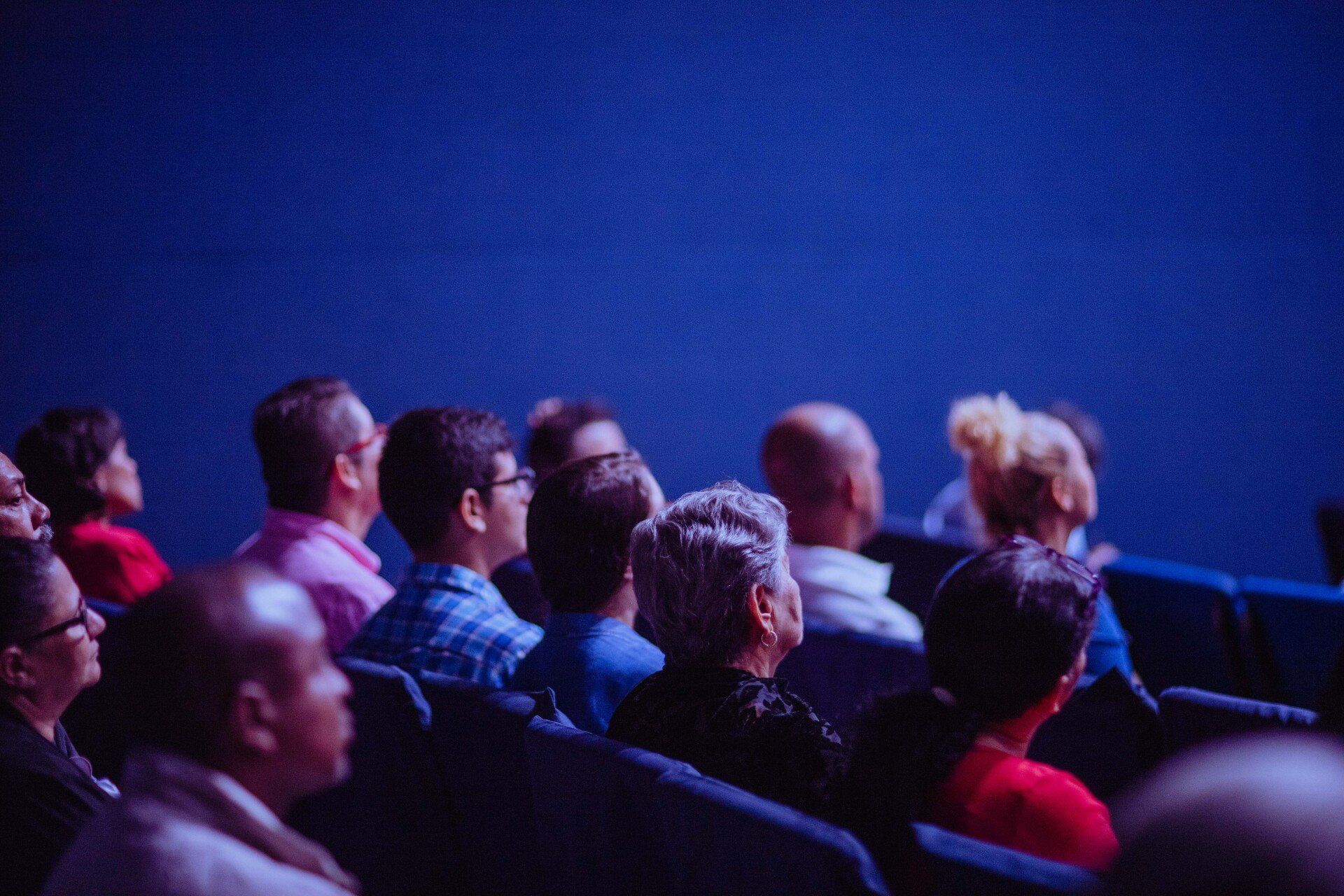It's all about context. As shown with the graphic above, when our brains are exposed to new information, it goes searching for relevant context to connect the new information; to make sense of it. It needs to hold onto something and connect the dots of what was just introduced.
Think of a time when you were at a social gathering or networking event where you are introduced to some individuals. Nobody has name tags on, so you're just hoping you remember folks' names after a brief introduction.
UH-OH...what was that guy's name? Phil? George? Andrew? We've been there where we forget these simple things; so why does it happen? Simply put, we don't have a mechanism for storing the name. We don't have filing cabinets in our minds, so absent context, Phil's name is quickly and reliably forgotten.




